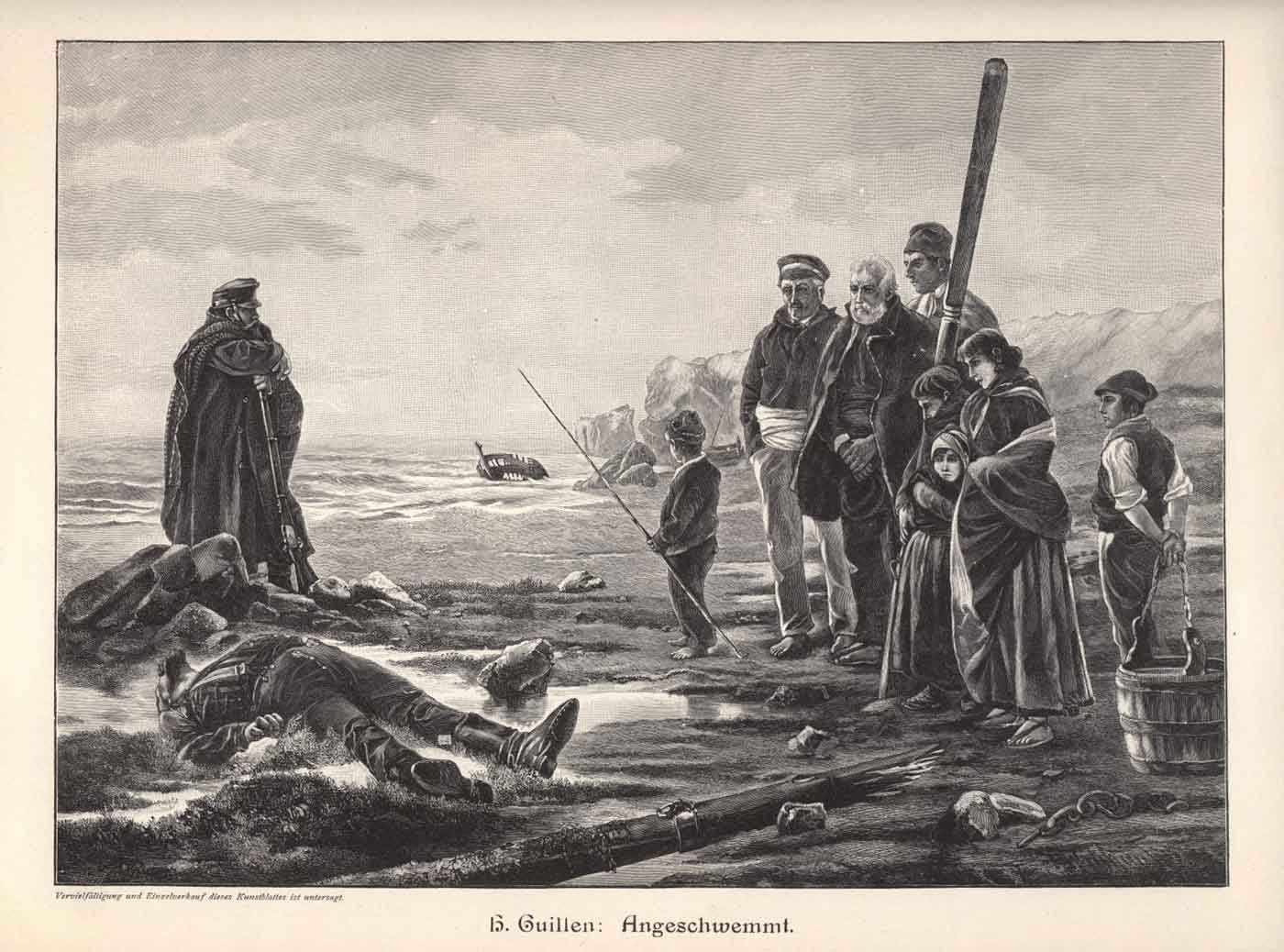 Where did the tune originate?
Where did the tune originate?
The tune used for “Danny Boy” is a true folk melody, originally called “Derry Air,” because it was first written down in County Derry, Ireland, in the town of Limavady. Once Ireland became an official part of Britain, the county was renamed “Londonderry,” with the choice of name somewhat determined by one’s political views. But whatever the name of the county, the origin story seems fairly straightforward: Jame Ross, a collector of Irish traditional folk music, heard a harpist (or a fiddler, depending on the version, and usually identified as blind) performing in the street outside her house and rushed out to copy down the tune he was playing. Unfortunately, she neglected to get the performer’s name, but she sent in her notated manuscript, along with a number of others she had collected. to the musicologist George Petrie, whose 1855 book The Ancient Music of Ireland listed the tune as an anonymous air but with a note attributing its collection to Ross. The tune was published as an instrumental piece with no lyrics but quickly became extremely popular with songwriters. The most well-known of these settings is the song “Danny Boy,” written in 1910 by an English lawyer named Frederic Weatherly. The meaning of the lyrics has been consistently misunderstood, however, leading to the next question:
Read more



 I’ve done my usual going-far-afield process in trying to decipher this carol, and found that, as usual, Liberties Have Been Taken with the original text, this one from Catalonia. (That’s a region of Spain that speaks a dialect called Catalan; you may be aware that there’s a separatist movement there that seeks to have independence from Spain. The tune, by the way, is apparently Catalonian also, as I’ve seen no composer’s name anywhere.) To start off this post, then, here’s the original text and a quite literal translation:
I’ve done my usual going-far-afield process in trying to decipher this carol, and found that, as usual, Liberties Have Been Taken with the original text, this one from Catalonia. (That’s a region of Spain that speaks a dialect called Catalan; you may be aware that there’s a separatist movement there that seeks to have independence from Spain. The tune, by the way, is apparently Catalonian also, as I’ve seen no composer’s name anywhere.) To start off this post, then, here’s the original text and a quite literal translation: As I often say when writing these posts: Hoo boy. There ended up being lots to say about this supposedly simple song. My purpose in writing this post, as with all that I do, is to deepen your understanding of what you’re singing (or hearing, if you’re reading this post as an audience member). Along with the lighthearted words and fun arrangement of this piece there’s a darker background arising from its source material, both immediate and historical.
As I often say when writing these posts: Hoo boy. There ended up being lots to say about this supposedly simple song. My purpose in writing this post, as with all that I do, is to deepen your understanding of what you’re singing (or hearing, if you’re reading this post as an audience member). Along with the lighthearted words and fun arrangement of this piece there’s a darker background arising from its source material, both immediate and historical. When my choir the
When my choir the 
 I know. This song is, like, seriously crazy. Right? Well, yes and no.
I know. This song is, like, seriously crazy. Right? Well, yes and no. Where did the tune originate?
Where did the tune originate? I’m sure I sang “Down in the Valley” in grade school, and I know I’ve had a picture in my mind of someone on the edge of a cliff overlooking a valley, lying face down and literally hanging her head over the edge, with her hair falling over her face and blowing in the breeze. (I guess I always thought it was “her” since I pictured long hair.) The image seemed pretty strange to me. Why would anyone do that?
I’m sure I sang “Down in the Valley” in grade school, and I know I’ve had a picture in my mind of someone on the edge of a cliff overlooking a valley, lying face down and literally hanging her head over the edge, with her hair falling over her face and blowing in the breeze. (I guess I always thought it was “her” since I pictured long hair.) The image seemed pretty strange to me. Why would anyone do that?